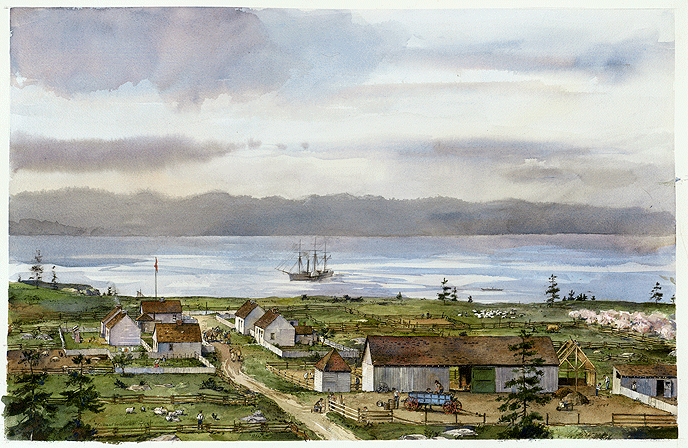Perusing my Instagram feed this morning I came across two posts that immediately made me wish I was home. Re-posting them here for the folks who may not be on Instagram.
First, Western Mass Fibershed is having a pop up
In case the image isn’t loading correctly, the pop-up is at Swanson's Fabrics on Saturday April 17 from 11-2. On offer, locally produced wool fabrics in three fabrics and two-ply knitting yarns, all produced, spun, and woven locally. Contact email for questions, WesternMassFibershed@gmail.com
The Western Mass Fibershed had a table at Boston Farm & Fiber Festival last year (ah the before time) complete with samples of some of their woven goods (including a pair of very stylish fabric covered heeled oxfords!) and I have been longing to get my hands on some ever since.
Also on my Instagram feed, pillows from Full Circle Wool.
My neck, weirdly crunched from sleeping on IKEA pillows, longs for one of these.
Someday.
In Germany news, we have moved into our new long term apartment. We now live on the 4rth floor of a five story apartment block built in 1982. The attic is a “drying room” where everyone hangs their clotheslines. There are also communal clothesline in a small green space in front of the building. I hung our first batch of laundry yesterday. It was not a very neatly hung collection of tea towels and bath towels, and I was expecting a stern talking to for hanging out such messy washing from one of the older ladies. I think I did get scolded by a stern older lady the other day for accidentally biking back from the grocery store without my bike helmet. It’s that sort of place.
And just across the river, there are sheep! I am trying to work up the courage (and the German) to leave a note for the farmer inquiring about fleece, or the fiber community here.





















